In doing a modest basement remodeling, came across a product by the name of DRI core in a Fine Homebuilding advertisement. It’s to be used as a subfloor over concrete, and can be finished with carpeting or other finish material. It comes in 2′ x 2′ composite wood panels with grooved fit, and raises the floor to permit airflow underneath the wood by means of attached vinyl layer. The product runs around 6.00 per panel which makes it rather expensive for a large area. Has anyone had experience using this product, and does it work as advertised (i.e., keeps floors warm, dry, etc.)? Or in other words, is it worth
it? Any better suggestions?
Discussion Forum
Discussion Forum
Up Next
Video Shorts
Featured Story
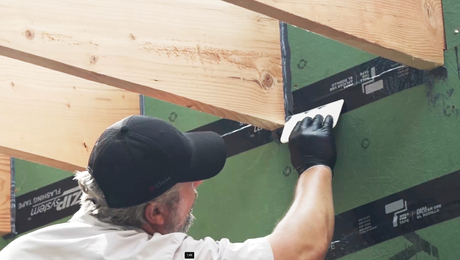
Michael Hindle explores the efficacy of deep energy retrofits and discusses essential considerations for effective climate mitigation.
Featured Video
How to Install Exterior Window TrimHighlights
"I have learned so much thanks to the searchable articles on the FHB website. I can confidently say that I expect to be a life-long subscriber." - M.K.
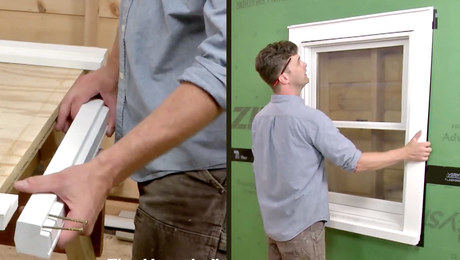










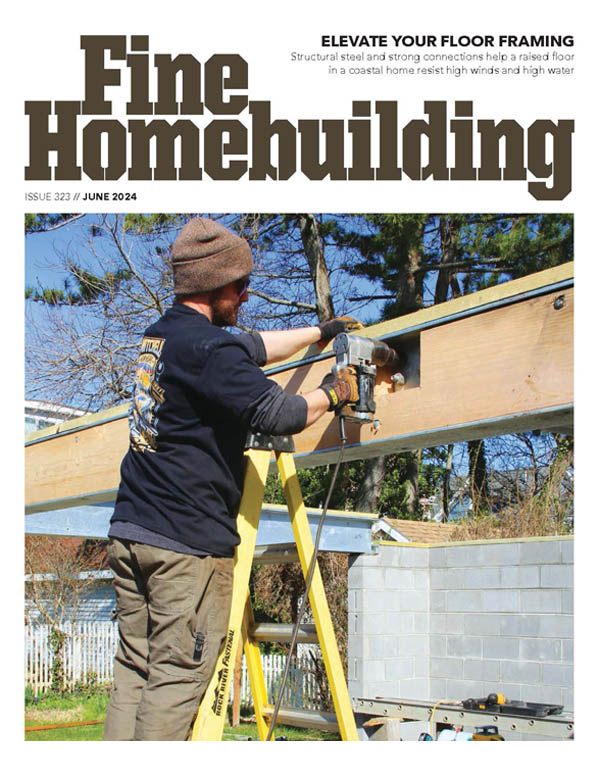

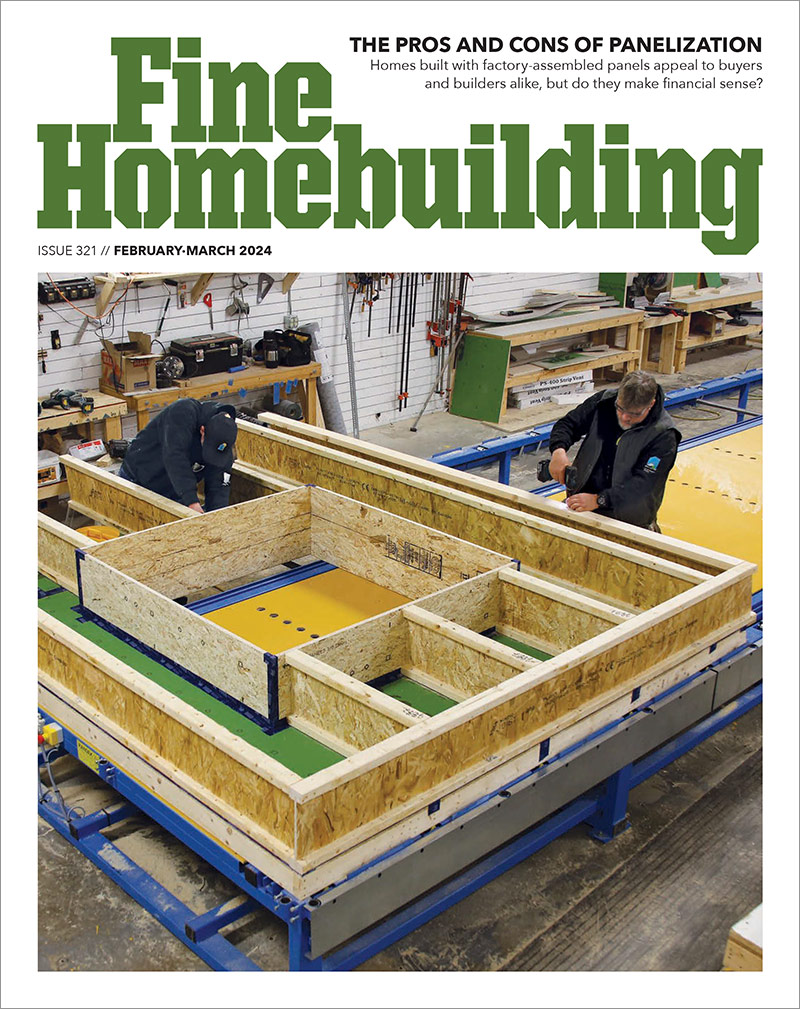

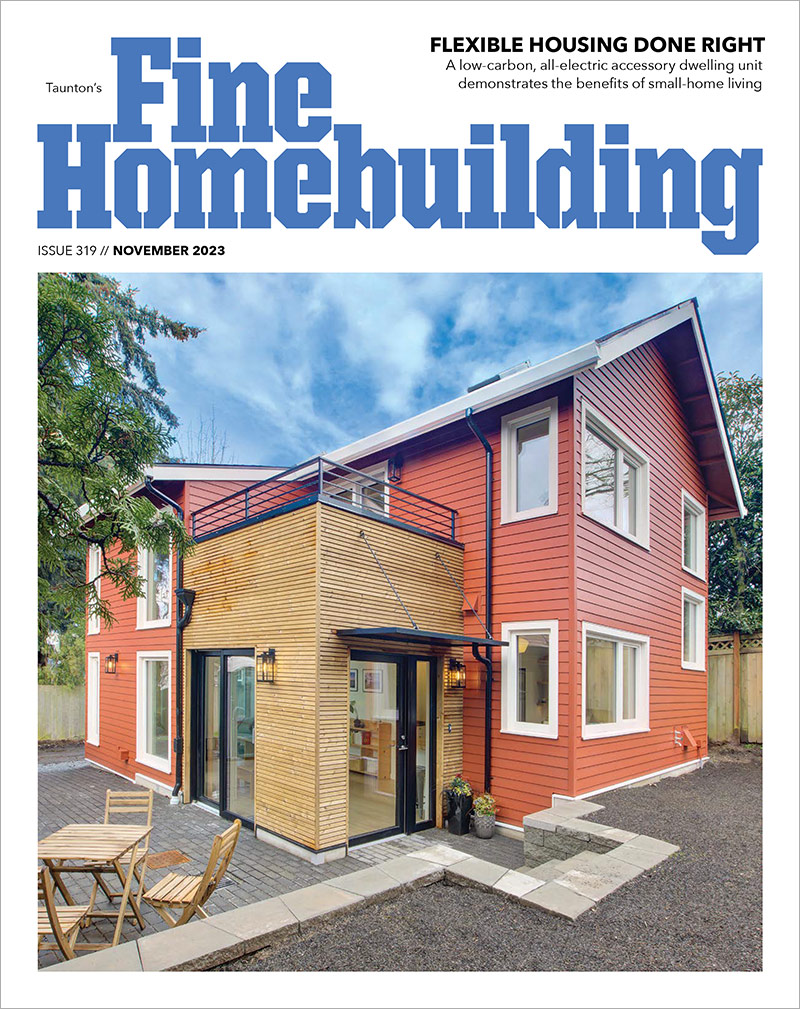

Replies
I considered it HD by me had it for 4.99 a peice. That would have been $40 per 4 by 8 section. Plywood and 2x4 PT sleepers are not that much cheaper but my basement floor was too unlevel to make use of it. When your talking about 3 inch rise over 12 feet with inconsistencies, it wont work. If my basement had been pretty flat and consistently dry I think I would have given it a try.
Thanks for the response. I understand Home Depot has an exclusive on this product. Does anyone our there know if this is true, or is there a discount source?
Fine Woodworking #174 has an article on shop floor products that evaluates DRIcore, among others. You can buy a copy from Taunton or your local library may subscribe to FWW.
IMO, $1.50/sqft is cheap for a good quality underlayment.
Thanks for the clue on where to find an evaluation of various subfloors. That will help a great deal. As to the cost, I can't quibble that it sounds reasonable on a per square foot basis, but I have a large area to install and would still like to hear from someone who has installed this particular product (or another) and found that the cost was worth it. Also, are there other outlets for these products that compete or discount Home Depot's opricing?
An alternative subfloor to consider would be to buy Delta-FL directly in rolls, lay it down, and then put a floating tongue and groove ply (or OSB) floor over that. This gives you a nice subfloor with moisture protection for less money. For a large area it should also be faster than putting together 2x2 squares.
Thanks for the alternate solution. I assume you have done this with good results?
We have done both. In one room we used Sub-flor, which is similar to Dricore (at least from what I can tell looking at online brochures), and in another, larger room we used Delta-Fl with OSB Tongue and Groove overlay. For us the second solution was much cheaper because we have to pay a significant amount for shipping to get the Sub-flor (or the Dricore) to Utah. The only problem we had with the Delta-FL solution was where two rolls met near an inside corner. We should have glued them and didn't (really no way to lay it out differently), so there was a little shifting around there, but I don't notice it with the finish floor stapled down. Overall I have been pleased with the result, and enjoy having the warmer floors and a little insurance against moisture that the dimpled plastic provides.
That's a great response and I appreciate hearing about the success of your approach. Many thanks.
I installed dricore in my basement summer 2003. I chose to use it because of our rather low ceiling issue (around 7'). 2x4 and plywood comes to about 2 1/2" height....where the dricore is just an inch. If ceiling height is an issue for you, I definately think you should consider Dricore. An inch and 1/2 is a lot when you have a low ceiling.
I think I would have chose 2x4 and plywood construction if space wasn't a consideration. I'm pretty sure that the dricore is about twice as expensive as 2x4 and plywood.
I have to say that I've been very pleased with the Dricore. It is a little tedious to install, but once you get the hang of it...it goes pretty well. The floor is very comfortable to walk on...I was very amazed by this...it almost feels like walking on a regular floor. I had carpeting put over it (wall-to-wall) by professionals...and there were no issues with installing on the Dricore.
The other thing I like about the Dricore is the idea that moisture can travel under the panels....where 2x4 would soak in the moisture. I can't tell tell you that it's working as advertised....but it seems to be. I would do it again in a heartbeat.
I think I paid $4.97 at HD. If you do this, you also need to buy the shims (made out of the bottom plastic material). What i did was cut the peices into smaller shims...and it seems to be working. The reason is that the shims get pretty expensive...you do need a lot of them to adequately level the floor.
Good luck, and feel free to ask me anything.
Many thanks for the reply. Lengthy is just fine. It is always good to know that a product performs much as indicated in the compay's hype. Sounds like this one does. I don't have a problem with ceiling height so my choice comes down to comfort and practicability. The Dricore airspace would seem to address that. I was also glad to hear that installing carpet over the Dricore didn't prove to be a problem since that is what I intend to do as well. You mentioned radon and the basement. We had ours tested with no floor covering and the results were at the high end of normal. Wouldn't the insntallation of subfloor and carpeting reduce the transmission of radon as well?
I'm not sure about the Radon question. I would think that the plastic bottom of the Dricore would help contain any Radon under the flooring...but I really don't know for sure. My guess is that Radon would go right through carpet.
Thanks. Does anyone else out there have any thoughts about basement subflooring reducing radon seepage into the area/
A cheaper equally effective method I have used, has been to get the 'bubblewrap' commonly used to wrap foundations below grade. You buy the roll much cheaper than dricore. cut it much like you would carpet. Lay the bubble wrap down 'bubble' up to allow any moisture to pass by then screw plywood down to the floor with tapcons 12in o.c. or concrete nails if your brave and cost concerned. The wrap itself is 8 to ten feet high I'm not sure how much is in a roll but I guarantee that it's cheaper and probably better. Good Luck. Nick
Great! What an idea! I never would have thought of bubble wrap, but how does this work with carpet laid on top?
I'm no environmental engineer, but radon will seep through virtually any permeable subfloor material eventually. In the case of the DRI core material, the radon will actually build up in the open space and then seep through.
Given that you already know your basement has elevated levels of radon coming in, your best bet is to work on either totally sealing the concrete prior to floor installation or ensuring adequate ventilation of the air space under the floor. There are systems out there that address this issue in both ways.
The problem is that once the radon gas gets past the foundation, you need to get it out of the house. Were I in your shoes, I would research my options a little prior to installing the floor just to be sure.
You can start here: http://www.epa.gov/radon/
Thanks. Your suggestions sound good and practical - do you have names of specific systems to address this issues that you have had experience with?
Just in case, here's the Dricore website:
http://www.dricore.com/en/eindex.htm
You can call and talk to them too (I did) with specific questions...very nice and knowledgeable. They are in Canada somewhere. BTW, I installed about 420 sq. ft. of Dricore. The most important step is planning and layout. If you do use this, spend some time thinking how you want to attack each room. I joined 2 rooms, and our floor is really uneven. I ended up having the Dricore be unlevel in a few places because you can only shim so high (maybe close to an inch) or you will have spongy spots. Also, I'm guessing that the shims might wear down after several years...and the whole floor should settle over time.
The weight of the floor does keeps everything intact. I put Tapcon screws at the corners so when the carpet guys came, the "kicking" wouldn't pull up the Dricore. It seems to have worked really well. I think the Dricore does a good job of insulating from the cold floor.
Makes sure you do a radon test (get kit at HD or similar) just for piece of mind.
I'm giving you you such a lengthy response because I couldn't find anyone in 2003 that had any advice (which I desperately wanted)...so here's mine.
Edited 1/15/2005 12:31 pm ET by DDorian
Edited 1/15/2005 12:32 pm ET by DDorian
I was looking at using this for my basement also and had wondered if anyone has used this over radiant heat in the basement slab. I have had water leaks in the basement before and ruined the carpeting so this looks like extra prevention against water damage.
What do you think of the basement finishing method written up in the Feb/Mar issue where the floor and walls are covered with foam and then wood subfloor? I am just starting to frame 1600 sq ft of lower level living area of our new house and wonder if this is a viable alternative? I have considered dri-core but need to do a cost analysis between these two methods.
I have no idea (I wrote the initial query about Dricore) but I did see the article and will be interested to see the response
Someone over in Breaktime had a good post on the same subject over there--he said that the advantage of Dry-core over foam is the Dry-core allows the water to flow to a sump.
I have used dricore on 3 different basement renovations and I'm sold on it as a product. We put 1" thick foamular insulation on the walls (tape seams and caulk edges and tops) and then install all partition framing on top of the dricore. This isolates all the wood and eliminates any moisture problems from both infiltration and condensation. It installs quickly and makes for a great feeling floor. We've had carpet installed above and have also done a linoleum installation for a bathroom area. (glue and screw 1/4" ply down b-4 installing linoleum.) Don't worry about actually leveling the floor with the spacers. Most basement floors are installed with a pitch to them to a floor drain someplace and if you try to get to level in a large area you'll spend more on spacers than the floor. What you want is a solid feeling floor, not a level one. The spacers just help compensate for the effects of small dips or humps in the concrete so that the finished floor doesn't have any 'spongy' spots. Good luck.
I used Dri core this summer in a garage converted to a cabin. I used a leveling compound on the concrete floor before installing the Dri core. Layout the first row as a dry run and check for square and staight. Then take apart and start glueing the squares together to form the first row then start the next row by off setting the tiles and do not forget to glue the joints.
Thanks for the response. Did the installation go as stated in the company's instructions or did you have to improvise? Same for time required to install? And the bigger question: are you pleased with the results in terms of warmth/moisure control?